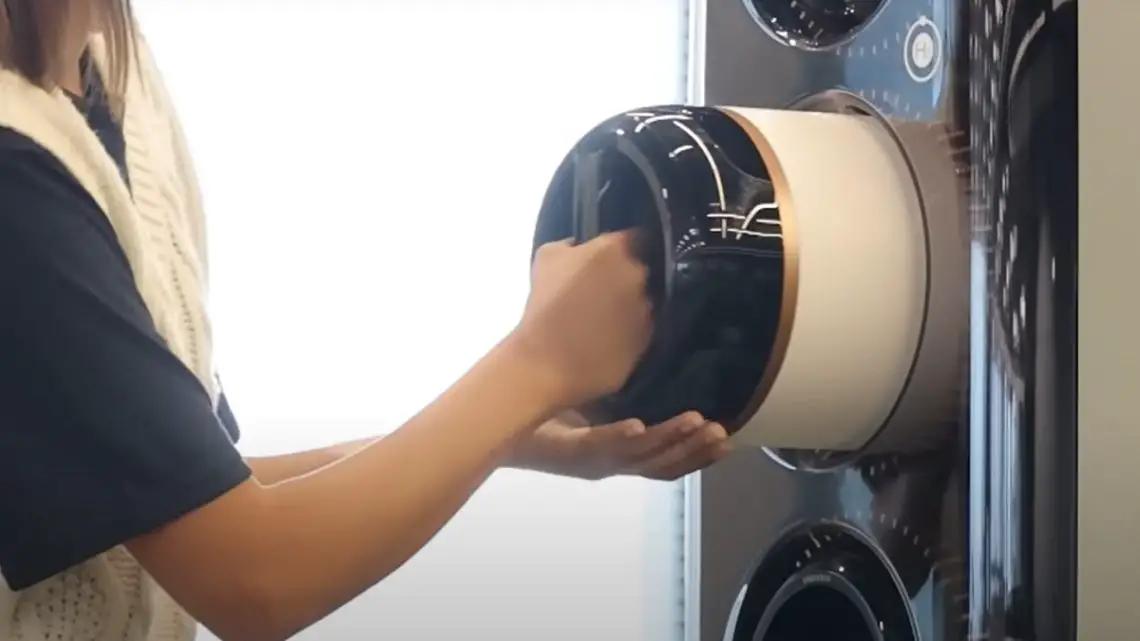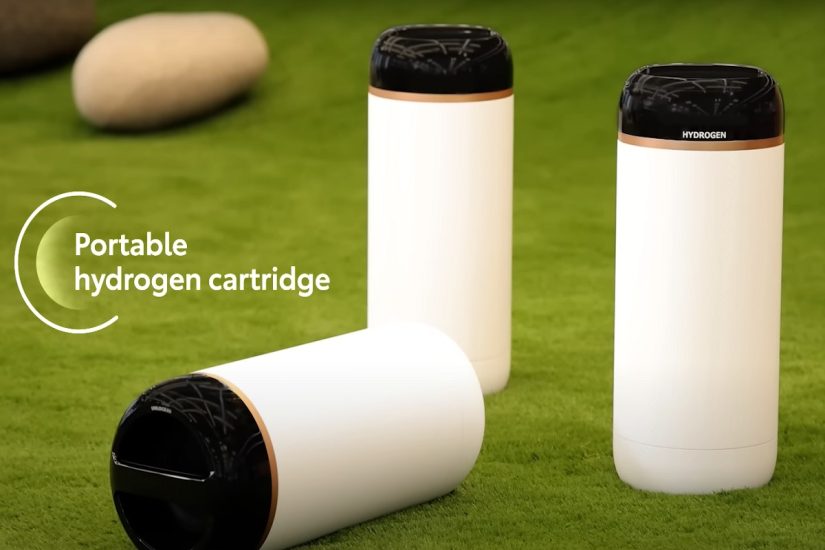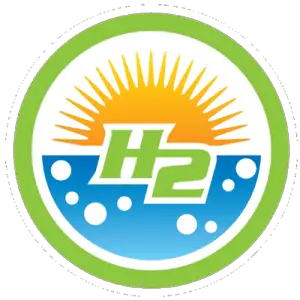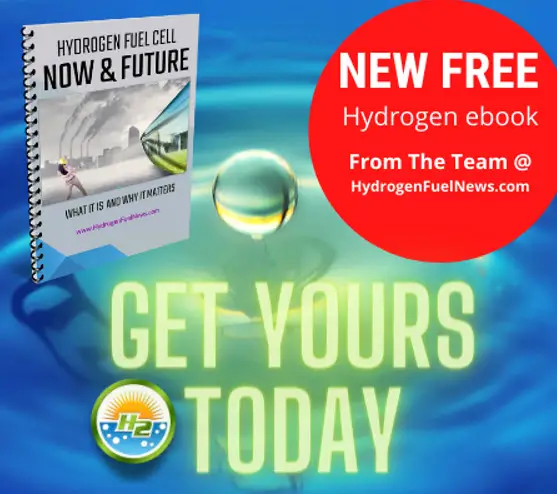
Toyota subsidiary Woven Planet creates exchangeable hydrogen cartridge
June 10, 2022The portable cylinder system was developed in a prototype form to bring H2 wherever needed.
Woven Planet, a subsidiary of Toyota, has developed a new form of exchangeable portable hydrogen cartridge system. The prototype makes it possible to transport and deliver zero-emission fuel wherever it is required.
The automaker has been working on developing systems to cleanly power entire cities in Japan.
Last February, the company’s subsidiary Woven Planet broke ground on its “Woven City“, located near Susono, Japan. That location will function as a cutting-edge testing location for a spectrum of different types of urban planning concepts and technologies. This includes a broadened use of H2 throughout the region.
Now, Toyota and its subsidiary have unveiled a working hydrogen cartridge prototype for the intention of providing clean fuel for “a range of daily life activities in and outside of the home.”

The cylinders are 16 inches (400 mm) long and 7 inches (180 mm) in diameter. Their target weight is 11 pounds (5 kilograms) when full. Each one will be able to provide about 3.3 kWh of usable energy, depending on the external fuel cell efficiency being used to convert the H2 contained in the cylinder back into electricity. Each one has a handle built into the top to make them convenient to lift, slipped into the slot, and twist-locked in place.
The hydrogen cartridge also has the potential to be used in passenger vehicles, motorcycles and drones.
Aside from passenger vehicles and transportation, the cylinders could also be used in units built into the walls of homes and businesses that aren’t linked to the electricity grid.
It could provide the electricity needed to power an entire house through a fuel cell. They could also be used in other applications such as remote electricity or to power home heating. If they were to have a small fuel cell built on top of them, they could also be used as large backup portable power banks for device recharging.
On a commercial level, they could be sold in a way comparable to BBQ gas cylinders. The hydrogen cartridge would be exchanged as needed and could be filled again at refueling stations. Toyota and its subsidiary Woven Planet anticipate the development for a delivery service as well. This will ensure that H2 cylinders can be delivered to any location that requires them for emission-free fuel and power.



 With over 15 years of reporting hydrogen news, we are your premier source for the latest updates and insights in hydrogen and renewable energy.
With over 15 years of reporting hydrogen news, we are your premier source for the latest updates and insights in hydrogen and renewable energy.
Only 3.3kWh per container? A litre of petrol contains 8.8kWh, so even though a fuel cell is more efficient than ICE you will need a lot of these containers to power anything for very long.
True but when u convert petrol it won’t give more than 2kw of energy to wheels,
To that extent hydrogen conversion may be better
“A car engine, for example, has an average efficiency of about 0.2 or 20 percent. So the combustion engine converts only 20 percent of the 100 percent fuel used into locomotion energy. The remaining 80 percent is lost in the form of heat.”
“Vehicles with electric motors have efficiencies of 90 percent and sometimes even more. So the electric unit generates 0.9 kilowatts of mechanical drive power from one kilowatt of electrical power.”
“The electrical efficiency of the PEM fuel cell ranges from 32 percent to 37 percent. In contrast, the efficiency of the SOFC fuel cell ranges from 33 percent to 60 percent.”
Ignoring further inefficiencies, this is why Musk of Tesla thinks EVs are the way to go. However, there are some conveniences in filling up a hydrogen vehicle – less wasted time by the owner – if the infrastructure is built out.
This would seem to be a good way to power recreational watercraft linked to an electric propulsion system
Very much so! The ability to ‘re-charge’ from a canister exchange is ideal, but then ‘who’ would own the canister? Which size becomes the universal for motor cars? Or boats? It would then come down to the efficiencies and effectiveness in converting the stored energy into propulsion that would be the main game…